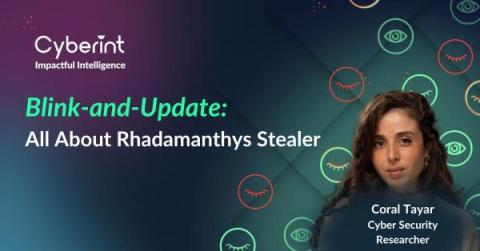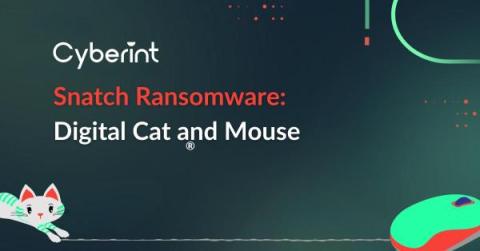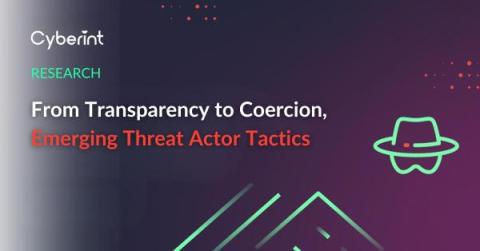Blink-and-Update: All About Rhadamanthys Stealer
Rhadamanthys, an info stealer, written in C++, was first seen on August 22, 2022. This stealer, still gets updates and patched regularly. Version 0.5.0 shifted towards a more customizable framework allowing threat actors to counter security measures and exploit vulnerabilities by deploying targeted plugins, such as ‘Data Spy,’ which monitors RDP logins.











